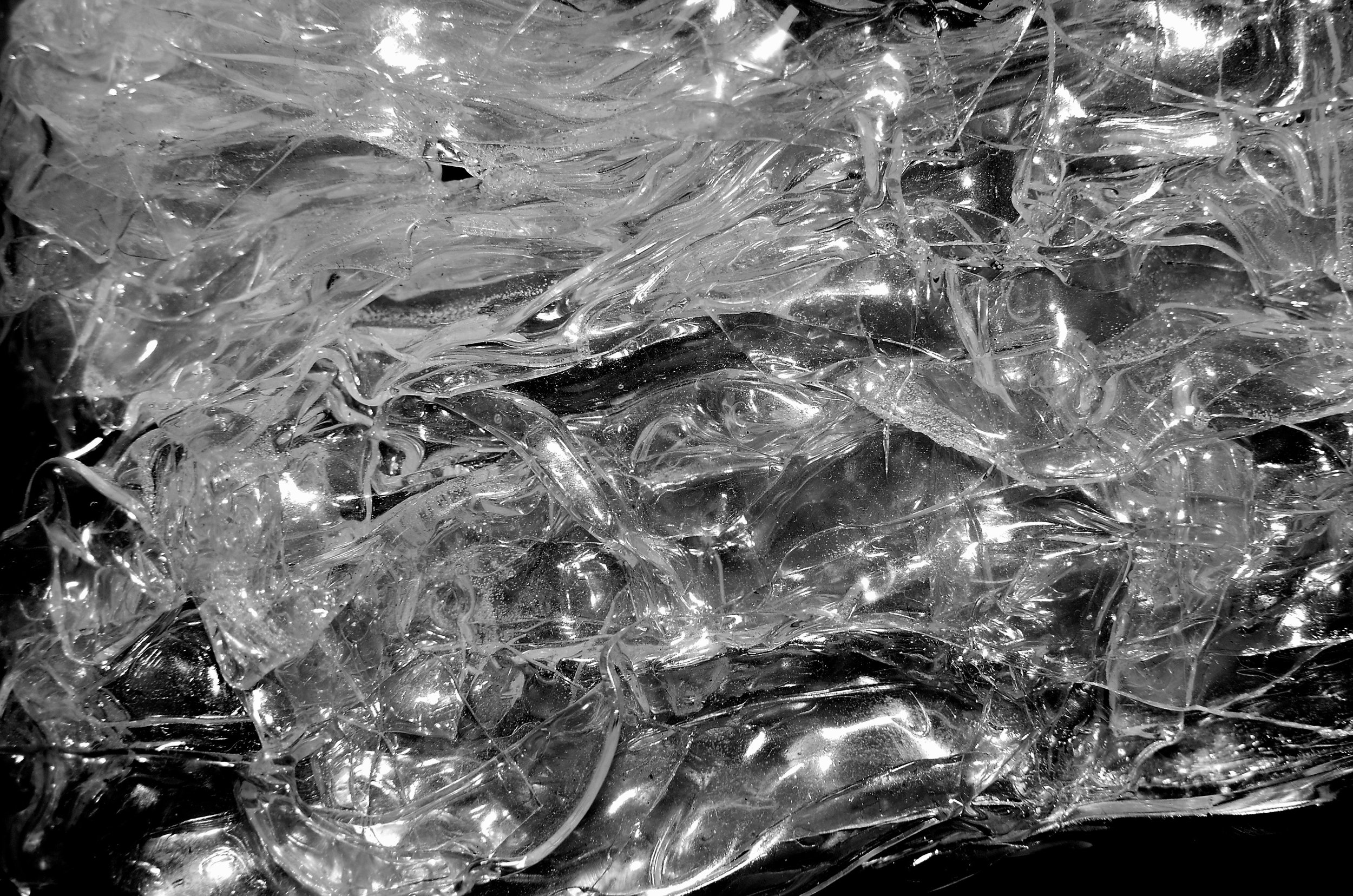Or, How To Get Melted Plastic Out Of Your Oven
Your oven is smelling when you turn it on, and you open it to smoke wafting out. You didn’t light something on fire, you just had a piece of plastic get stuck somewhere. It’s a problem we’ve all encountered, and you’re not the only one. Better still, we’ve got all the steps you’ll need to get the plastic out of your oven without damaging it or yourself.
Different Procedures For Different Ovens!
The Racks
Electric Ovens
Gas Ovens
Ovens With Self Cleaning
Before we dig in a quick note about safety. Please do not try and remove the plastic from your oven with your hands at any point. Use the tools we have suggested or something similar so that you don't hurt yourself. It's also advised to look over the entirety of the post before tackling your issue. Now let's get into the actual methods you need to know
How To Remove Melted Plastic From Your Oven Rack
If the melted plastic is on your oven racks, congrats this is the easiest outcome for you. All you need to do is remove the rack from your oven and put it either in your sink or outside. You can then use a scraper or butter knife to remove the plastic. Since there isn't a coating on your oven racks you don't have to worry about damaging them. If you are already exhausted from a long day or don't have the hand strength to chip off the plastic, there is an alternative. What you can do is take the rack set it in your sink and take a large pot full of boiling water and pour it consistently over the plastic. This will heat the plastic enough that you should be able to remove it using a wooden tool.
How To Remove Melted Plastic From Your Electric Oven
If you weren't lucky and you have plastic on the interior of your oven slowly put down the tools. We're not ready for those yet. Instead, grab a plastic bag that is enough to cover the piece of plastic you are looking to remove. Fill that 3/4 of the way with ice. Lay it on the plastic for at least 10 minutes. The idea is to allow the plastic time to retract and become hard and brittle. After 10 minutes you can grab a razor scraper or a butter knife and very carefully lift up from the outside edges of the plastic. Ideally you should be able to pop the whole piece off. If not then hopefully you will be able to break it off piece by piece using this levering action. Again be very careful though as this can damage the inside of your oven.
As with most cleaning chores this might take more than one round to get it completely clean.
How To Remove Melted Plastic From Your Gas Oven
If you have a gas oven we're going to start by taking a look at the bottom plate of your oven. Some gas ovens have it where the bottom plate can be removed for easy cleaning. If that is the case with yours go ahead and do that and see if you can put the entirety of the plate into the freezer if that is where the plastic ended up. You'll then proceed to trip off the plastic after half an hour or so.
If you don't have a bottom plate that can be removed then go ahead and use the same cold method that we used for the electric oven.
How To Remove Melted Plastic From Your Oven That Can Self Clean
If you have a self-cleaning oven this one is going to require something entirely different. Instead of your butter knife and razor scraper you are going to want to grab some wooden tools like a wooden spoon or spatula. Now go ahead and open up all of the windows and grab a respirator like you might use if you were painting.
Now that you are prepared, turn your oven on to a low heat maybe 150° tops. Leave the oven open during this process. Make sure that you are also wearing your mask and that the windows are open during this process. It is going to stink. Every 5 minutes or so go and poke at the plastic to see when it starts to become soft and pliable. For anybody that makes candy think of it like the firm ball stage. This is when you'll grab your wooden tools and start to carefully pry the plastic up and away from whatever it is stuck to. Do not use a metal item to pry it. Metal can easily damage the inside of your oven. Self cleaning ovens have relatively fragile inner coatings and as such take very little to become utterly wrecked.
Did that work for you? Did you find something else that worked better? Let us know over on our Facebook page!
If you got the plastic out, but your oven is still smoking, give us a call ((214) 599-0055), or you can reach out to us via our contact page! We’ll work with you to figure out a time and date that works for you so our expert technicians can come out and help.

















